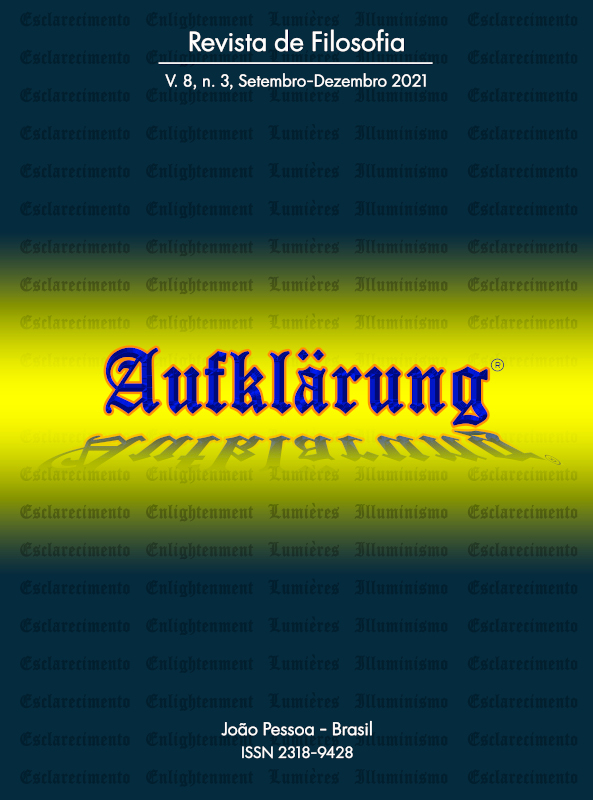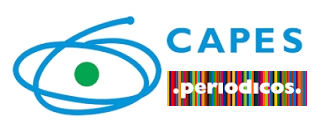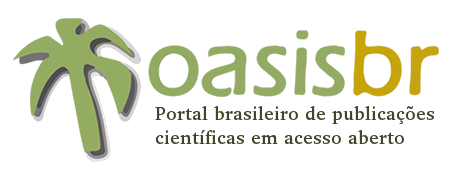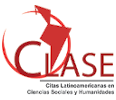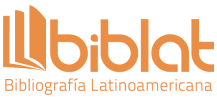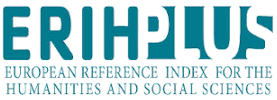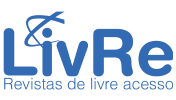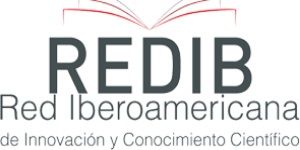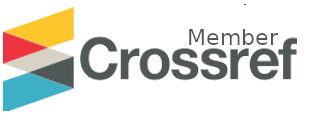Pronouns, variables, and their positions
DOI:
https://doi.org/10.18012/arf.v8i3.61299Keywords:
language processing, leftness condition, mental model, possibility, semanticsAbstract
A topic generative grammar has addressed is that of the leftness condition. This condition appears to show that people tend not to relate pronouns and variables in the same sentence whenever the pronoun is to the left of the variable. This approach is basically syntactic. The present paper tries to move to a more semantic framework: that of the theory of mental models. This theory considers the meanings of the words in sentences to be essential. Besides, it proposes that people process sentences linking them to iconic models or possibilities. Thus, this paper argues that the theory of mental models can explain the semantic reasons for the difficulties to relate a pronoun and a variable when the pronoun appears first in the sentence.
Downloads
References
BRASOVEANU, Adrian; DOTLAČIL, Jakub. Sentence-internal ‘same’ and its quantificational licensors: A new window into the processing of inverse scope. Semantics & Pragmatics, 8, Article 1, 1-52, 2015.
BÜRING, Daniel. Binding Theory. Cambridge, UK: Cambridge University Press, 2005.
BYRNE, Ruth M. J.; JOHNSON-LAIRD, Philip N. “If” and the problems of conditional reasoning. Trends in Cognitive Science, 13, 7, 282-287, 2009.
CHOMSKY, Noam. Essays on Form and Interpretation. Amsterdam, The Netherlands: North Holland, 1977.
EVANS, Jonathan St. B. T. Dual-processing accounts of reasoning, judgment, and social cognition. Annual Review of Psychology, 59, 1, 255-278, 2008.
EVANS, Jonathan St. B. T. How many dual-process theories do we need? One, two or many? In: EVANS, Jonathan St. B. T.; FRANKISH, Keith. In Two Minds: Dual Processes and Beyond. Oxford, UK: Oxford University Press, 2009. 33-54.
HIGGINBOTHAM, James. Pronouns and bound variables. Linguistic Inquiry, 11, 4, 679-708, 1980.
HORNSTEIN, Norbert. Logic as Grammar: An Approach to Meaning in Natural Language. Cambridge, MA: The Massachusetts Institute of Technology (MIT) Press, 1987.
HORNSTEIN, Norbert. Logical Form: From GB to Minimalism. Cambridge, MA, & Oxford, UK: Blackwell, 1995.
JOHNSON-LAIRD, Philip N. How We Reason. Oxford, UK: Oxford University Press, 2006.
JOHNSON-LAIRD, Philip N. Against logical form. Psychologica Belgica, 50, 3/4, 193-221, 2010.
JOHNSON-LAIRD, Philip N. Inference with mental models. In: HOLYOAK, Keith, J.; MORRISON, Robert G. The Oxford Handbook of Thinking and Reasoning. New York, NY: Oxford University Press, 2012. 134-145.
JOHNSON-LAIRD, Philip N.; BYRNE, Ruth M. J. Conditionals: A theory of meaning, pragmatics, and inference. Psychological Review, 109, 4, 646-678, 2002.
JOHNSON-LAIRD, Philip N.; KHEMLANI, Sangeet; GOODWIN, Geoffrey P. Logic, probability, and human reasoning. Trends in Cognitive Sciences, 19, 4, 201-214, 2015.
JOHNSON-LAIRD, Philip N.; QUELHAS, Ana Cristina; RASGA, Célia. The mental model theory of free choice permissions and paradoxical disjunctive inferences. Journal of Cognitive Psychology, 2021.
JOHNSON-LAIRD, Philip N.; RAGNI, Marco. Possibilities as the foundation of reasoning. Cognition, 193, 2019.
KHEMLANI, Sangeet; BYRNE, Ruth M. J.; JOHNSON-LAIRD, Philip N. Facts and possibilities: A model-based theory of sentential reasoning. Cognitive Science, 42, 6, 1887-1924, 2018.
KHEMLANI, Sangeet; HINTERECKER, Thomas; JOHNSON-LAIRD, Philip N. The provenance of modal inference. In: GUNZELMANN, Glenn; HOWES, Andrew; TENBRINK, Thora; DAVELAAR, Eddy J. Computational Foundations of Cognition. Austin, TX: Cognitive Science Society, 2017. 663-668.
KHEMLANI, Sangeet; JOHNSON-LAIRD, Philip N. Disjunctive illusory inferences and how to eliminate them. Memory & Cognition, 37, 5, 615-623, 2009.
KHEMLANI, Sangeet; JOHNSON-LAIRD, Philip N. Reasoning about properties: A computational theory. Psychological Review, 2021.
KHEMLANI, Sangeet; LOTSTEIN, Max; TRAFTON, J. Gregory; JOHNSON-LAIRD, Philip N. Immediate inferences from quantified assertions. The Quarterly Journal of Experimental Psychology, 68, 10, 2073-2096, 2015.
LÓPEZ-ASTORGA,_Miguel. Language acquisition and innate cognitive abilities: An approach from the mental models theory. Círculo de Lingüística Aplicada a la Comunicación (CLAC), 77, 233-242, 2019.
LÓPEZ-ASTORGA, Miguel; RAGNI, Marco; JOHNSON-LAIRD, Philip N. The probability of conditionals: A review. Psychonomic Bulletin & Review, 2021.
ORENES, Isabel; JOHNSON-LAIRD, Philip N. Logic, models, and paradoxical inferences. Mind & Language, 27, 4, 357-377, 2012.
PEIRCE, Charles S. Collected papers of Charles Sanders Peirce. HARTSHORNE, Charles; WEISS, Paul; BURKS, Arthur W. Cambridge, MA: Harvard University Press, 1931-1958.
QUELHAS, Ana Cristina; JOHNSON-LAIRD, Philip N. The modulation of disjunctive assertions. The Quarterly Journal of Experimental Psychology, 70, 4, 703-717, 2017.
QUELHAS, Ana Cristina; RASGA, Célia; JOHNSON-LAIRD, Philip N. The analytic truth and falsity of disjunctions. Cognitive Science, 43, 9, 2019.
SAFIR, Kenneth J. The Syntax of (In)dependence. Cambridge, MA: Massachusetts Institute of Technology (MIT) Press, 2004.
SCHLENKER, Philippe. Non-redundancy: Towards a semantic reinterpretation of binding theory. Natural Language Semantics, 13, 1, 1-92, 2005.
SHAN, Chung-Chieh; BARKER, Chris. Explaining crossover and superiority as left-to-right evaluation. Linguistics and Philosophy, 29, 91-134, 2006.
STANOVICH, Keith E. Who Is Rational? Studies of Individual Differences in Reasoning. Mahwah, NJ: Erlbaum, 1999.
STANOVICH, Keith E. The Robot’s Rebellion: Finding Meaning in the Age of Darwin. Chicago, IL: Chicago University Press, 2004.
STANOVICH, Keith E. On the distinction between rationality and intelligence: Implications for understanding individual differences in reasoning. In: HOLYOAK, Keith J.; MORRISON, Robert G. The Oxford Handbook of Thinking and Reasoning. New York, NY: Oxford University Press, 2012. 343-365.
Additional Files
Published
How to Cite
Issue
Section
License

This work is licensed under a Creative Commons Attribution 4.0 International License.
Journal general policy
1.This journal works under a Creative Commons License aplied to online journals. That icence can be read in the following link: Creative Commons Attribution 4.0 International (CC BY 4.0).
2.Accordingly to this License, a)the journal declares that authors hold the copyright of their articles without restrictions, and they can archieve them as post-print elsewhere. b)the journal allow the author(s) to retain publishing rights without restrictions.
Metadata Policy for information describing items in the repository
1. Anyone may access the metadata free of charge at anytime.
2.The metadata may be re-used in any medium without prior permission, even commercial purposes provided the OAI Identifier or a link to the original metadata record are given, under the terms of a CC BY license refered for the Journal.

